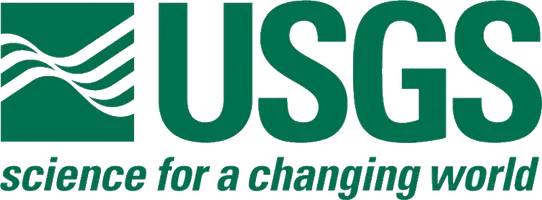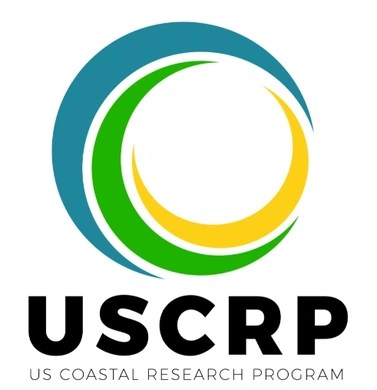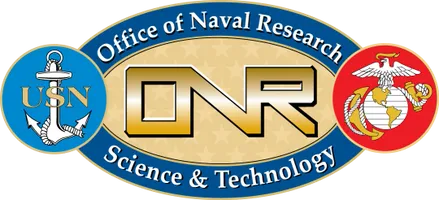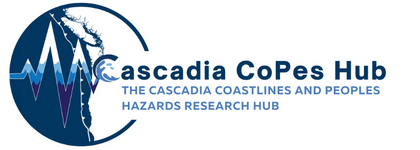Research
The UW Coastal Lab studies wave-driven processes from beach to global ocean space scales, and storm to climate change time scales, with a focus on coastal processes. We are interested in understanding the role that waves play in driving coastal circulation, transporting sediment in varied coastal environments, and mediating interactions between the atmosphere and ocean. Our lab integrates numerical models, lab experiments, and field observations to bridge gaps between fundamental knowledge and prediction tools for coastal processes.
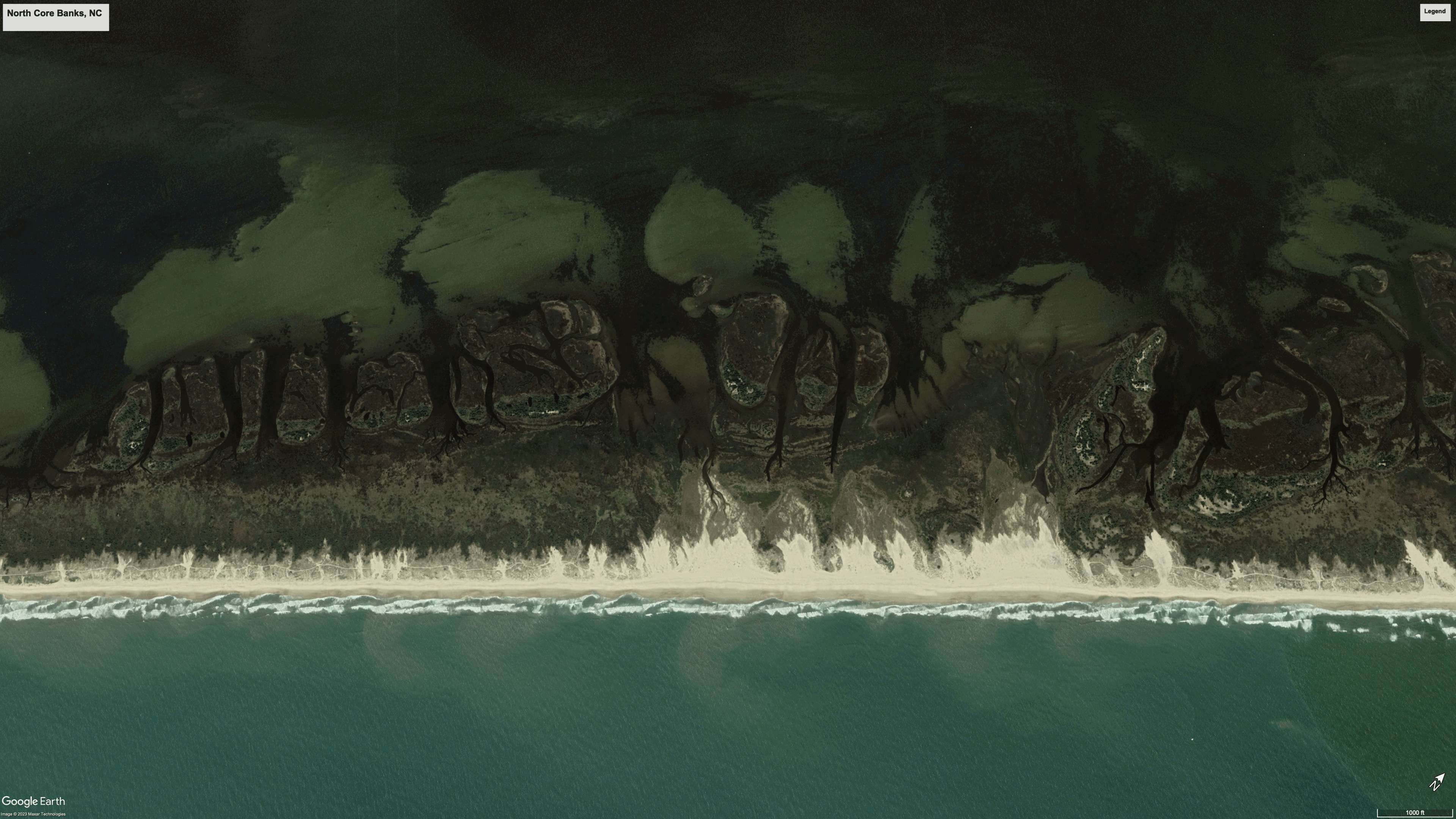
North Core Banks, North Carolina before Hurricane Dorian (2019) breached the barrier island from the backbarrier side (outwash), immediately after, and recovery over the following three years.
Coastal morphodynamics and coastal change
Nearly 40% of the global population lives in coastal communities, subject to increasing climate hazards. We seek to understand and improve models of fundamental coastal processes that introduce hazards to communities during extreme events. The coastal ocean is a dynamic environment dominated by wave breaking, wave-driven currents, and larger-scale tidal and wind-driven circulation. These nearshore processes drive rapid evolution of nearshore bathymetry, such as migration of bars or inlet deltas, and subaerial topography, such as erosion, breaching, or recovery of beaches, barrier complexes, and bluffs.
We are investigating questions including:
- What are the relative contributions of infragravity waves and sea swell waves to sediment resuspension and onshore/offshore transport in the shoaling zone?
- What are the local and remote dynamics contributing to outwash barrier breaching events?
- Are timescales and spatial patterns of barrier recovery fundamentally different after outwash vs. overwash events?
- How will sea level rise, precipitation changes, and morphological changes influence the prevalence of compound flooding events in Pacific Northwest estuaries?
Select relevant publications
M. Olabarrieta, J.C. Warner, and C.A. Hegermiller, 2023. Development and application of an Infragravity Wave (InWave) driver to simulate nearshore processes. Journal of Advances in Modeling Earth Systems. doi:10.1029/2022MS003205
Hegermiller, C.A., J.C. Warner, M. Olabarrieta, C.R. Sherwood, and T.S. Kalra, 2022. Barrier island breach dynamics during Hurricanes Sandy and Matthew. Journal of Geophysical Research: Earth Surface. doi.org/10.1029/2021JF006307
Sherwood, C.R., A. Van Dongeren, J. Doyle, C.A. Hegermiller, and others, 2021. Modeling the morphodynamics of coastal responses to extreme events: What shape are we in? Annual Review of Marine Sciences. doi: 10.1146/annurev-marine-032221-090215
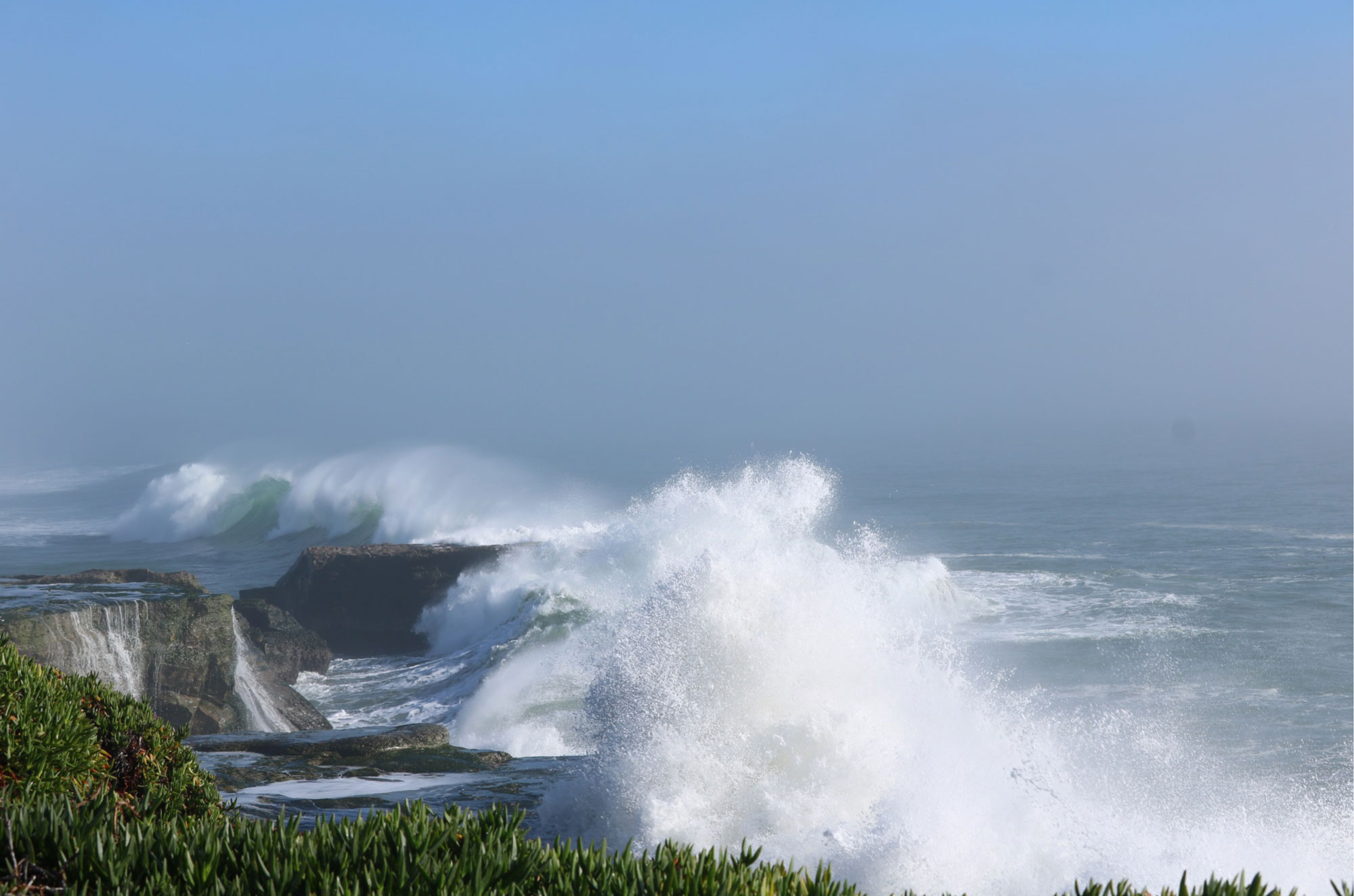
West Cliff, Santa Cruz, CA withstanding tremendous wave energy during an early El Nino storm in January 2016.
Ocean wave dynamics, climate, and forecasting
The coastal ocean is subject to remote or non-local forcings, most notably waves propagating into the nearshore from distant generation regions. To improve predictions of coastal dynamics, it is thus necessary to expand understanding and improve forecasting of ocean wave dynamics. Further, characterizing historical and potential future ocean wave climate is critical to predict changes to coastal wave energy and coastal response over long time scales, such as the next century.
We are investigating questions including:
- How do waves and the ocean surface layer respond to gusty wind conditions?
- How do waves modulate air-sea interactions, and do our current methods for atmosphere-ocean-wave model coupling adequately represent the air-sea interface?
- We are broadly interested in ocean wave forecasting and data assimilation.
Select relevant publications
Hegermiller, C.A., J.C. Warner, M. Olabarrieta, and C.R. Sherwood, 2019. Wave-current interaction between Hurricane Matthew wave fields and the Gulf Stream. Journal of Physical Oceanography. doi: 10.1175/JPO-D-19-0124.1
Houghton, I. A., C.A. Hegermiller, C. Teicheira, and P.B. Smit, 2022. Operational assimilation of spectral wave data from the Sofar Spotter network. Geophysical Research Letters, 49, e2022GL098973. https://doi. org/10.1029/2022GL098973
Hegermiller, C.A., A. Rueda, L.H. Erikson, P.L. Barnard, J.A.A. Antolinez, and F.J. Mendez, 2017. Controls of multimodal wave conditions in a complex coastal setting. Geophysical Research Letters, 44, doi: 10.1002/2017GL075272
Hegermiller, C.A., J.A.A. Antolinez, A. Rueda, P. Camus, J. Perez, L.H. Erikson, P.L. Barnard, and F.J. Mendez, 2016. A wave spectrum-based approach to defining the predictor for statistical downscaling of local wave climate. Journal of Physical Oceanography, 47, doi: 10.1175/JPO-D-16-0191.1
